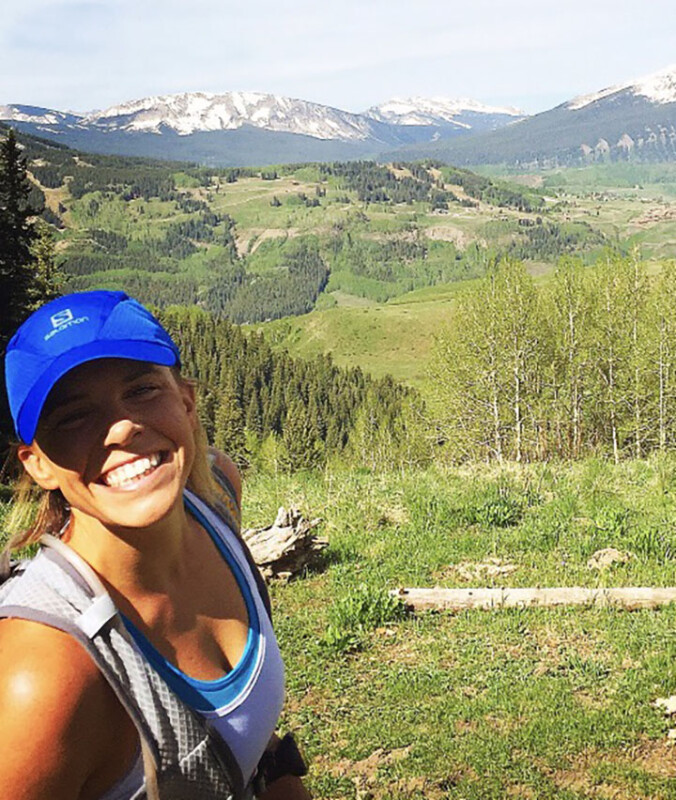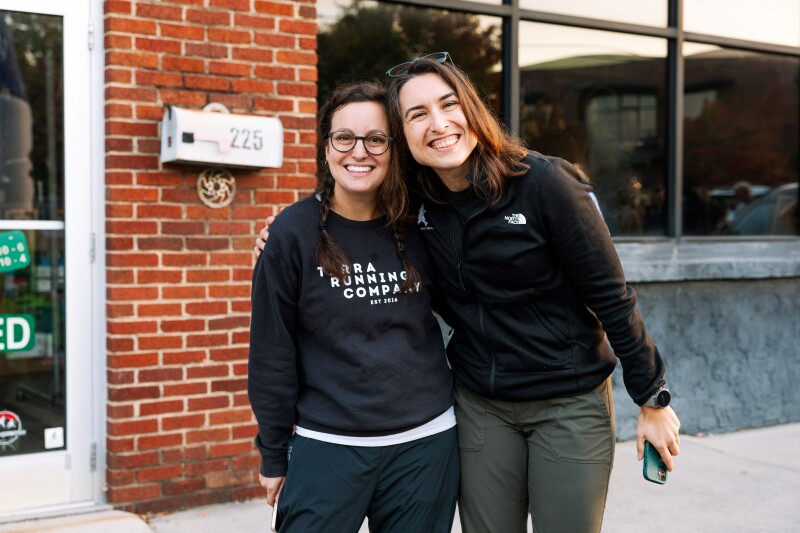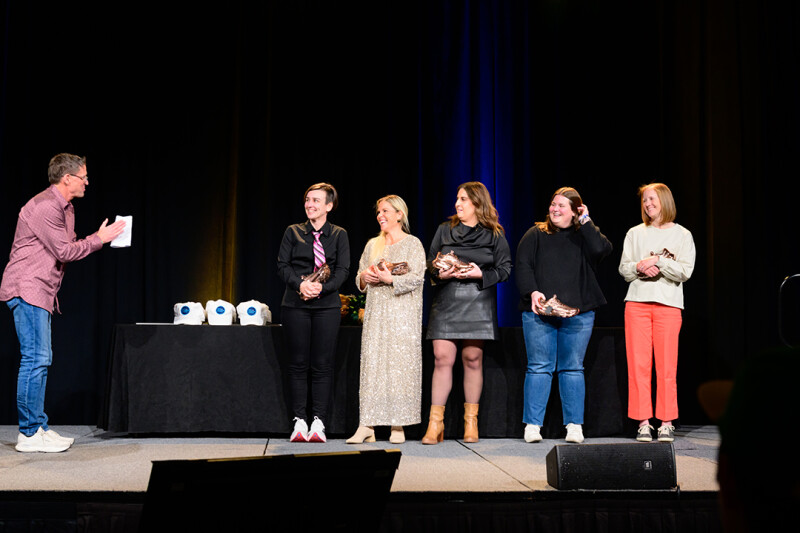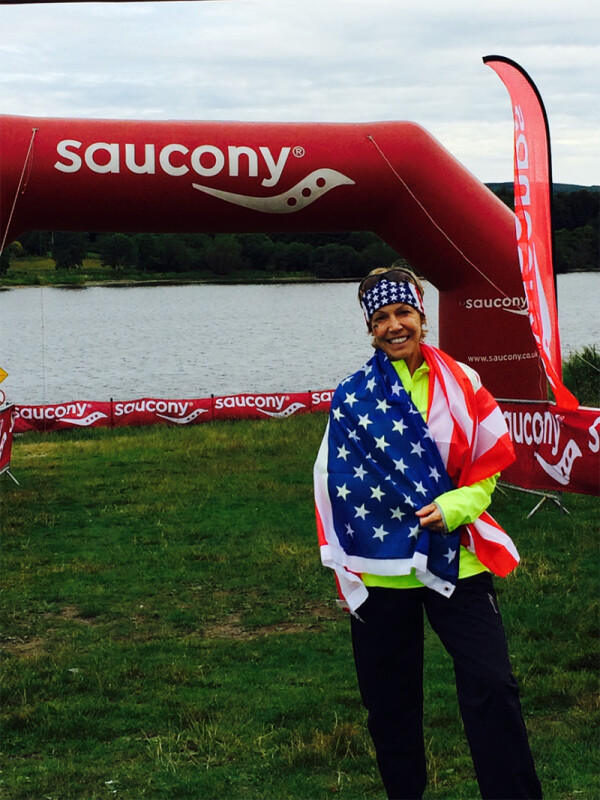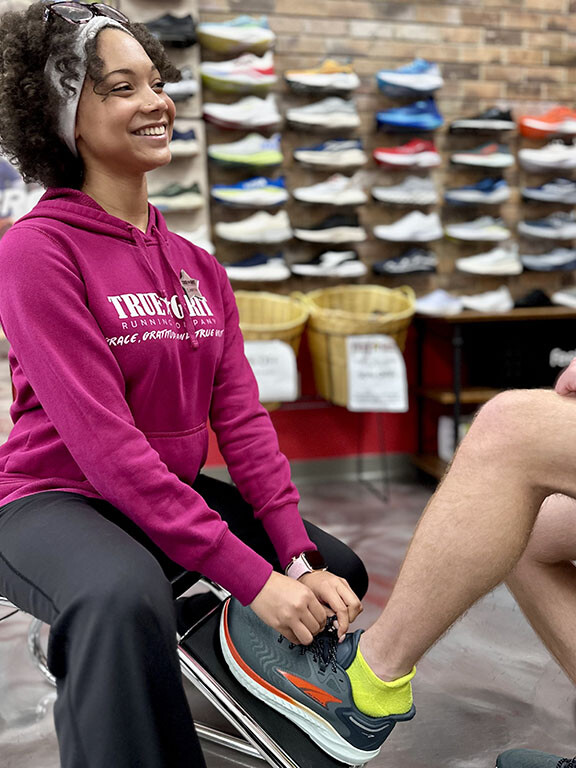The growth of trail running in America has been well documented and no organization is more on top of the trend than AllTrails, the fitness and travel mobile app used in outdoor recreational activities. So Running Insight went to AllTrails’ head of communications Meaghan Praznik for an inside look at just how the activity has grown, who is fueling this growth and where it goes from here.
Running Insight: From everything we have heard and read trail running and hiking has exploded in popularity during the pandemic. What is your view personally and professionally of that?
Meaghan Praznik: This is true. The industry certainly has exploded during the pandemic. And it makes sense — people are not only looking for ways to safely stay physically healthy, but are also looking for ways to support their mental health during what has been an incredibly trying 18 months.
So why have they turned to the trails?
The trails and the outdoors are one of the few and unique places we can achieve both mental and physical health in a safe manner, all while maintaining social distance. In fact, AllTrails is seeing over three times the amount of usual trail traffic across the globe as more and more people look to the outdoors.
So has the outdoor business and run specialty taken advantage of this?
The outdoor industry is certainly experiencing a reawakening. Yet I think we all would agree that for as inclusive as the outdoor industry is, there are many barriers to entry and unfortunately, many gatekeepers. Ironically, the pandemic’s limitations have forced many new entrants outside - which is great. Yet, we also can’t ignore that increased trail traffic and lack of education have also led to overrun trails, excess litter and overwhelmed land managers.
How can the industry help resolve this?
It is important that thought leaders, agencies and brands work to help increase access for all and educate new entrants on how we can be good stewards of the land. There is an important balance we need to strike here — the more people we can get excited about the outdoors, the more people we can get excited about conservation.
Do you have any anecdotal examples of this growth?
As a trail runner myself, I’ve seen the growth with my own two eyes. While the trails I run are busier, they also aren’t packed like some of the most famous trails in the country. In perusing AllTrails social media and inbound user emails, communication is certainly up, and we see more people talking about using our app to help find new places to go, the need to get outside for mental health and how the outdoors has been a mainstay during turbulent times.
Any personal stories from the trail?
Several months ago, after nearly two years of not seeing my parents, they were able to fly out for a visit. I took them to Muir Woods National Monument so we could hike among the Redwoods. Muir Woods is usually busy, but this exceeded any previous visit. Multiple parking lots were filled with cars and massive camper vans — clearly of people who decided to check off bucket list outdoor experiences by car instead of plane. Visitors were lined up at the gate to get in, and the park was more crowded.
Can you share some of the data and research AllTrails has done in the past year that documents this growth?
Last year we did a study with RunRepeat on the state of hiking because of the pandemic. The results are interesting. (For excerpts of that research, turn to One More Thing on Page ??)
How has AllTrails positioned itself and its services to benefit from and promote this growth?
First and foremost, we’ve certainly had to grow our team. We’ve more than doubled in size to keep up, even building out entirely new teams to help support the demand.
How does that benefit the hiker and trail runner?
One of the things that makes AllTrails unique is that we take a two-pronged approach to our content. While our content – trails, reviews, photos – is user-generated, we also realize that accuracy is key when it comes to staying safe in the outdoors. Because of this, we have an entire team dedicated to verifying the accuracy of our UGC. This level of hand-curation is also just one of the ways we are working to help break down some of the barriers to entry to the outdoors and answer the tried and true questions — Where do I get started? Where do I go to find trails near me? We’ve had to significantly grow this team in order to keep users safe and help people find more ways to get outdoors.
Anything else new at AllTrails?
We’re also working on several new features that will help get people even more excited about hitting the trail. More to come on that. We recently revamped our in-app navigation tool (Navigator) to create a more seamless and intuitive experience so people can hit the trail with confidence and never stress about missing a turn or losing their way when exploring new routes.
What unique trends have you seen in regard to trail running and hiking?
The growth rate of people hitting the trail isn't just skyrocketing on the weekend, as is typical for trail activities. People are actually hitting the trail at an even higher YOY rate during the week.
Why do you think that is?
Trail running is no longer just an activity people plan for the weekends. It's become a tried and true means to help maintain mental and physical health on a daily basis in the midst of an unprecedented year. It’s become clear that with more people working from home, trail enthusiasts are able to trade in their work commutes for morning, lunch, and evening hikes and trail runs.
Is this becoming a year-round trend?
AllTrails has typically been a seasonal company that follows the sun, with our busiest time of year being the late spring-early fall. This was completely flipped in its head last year, as winter trail activities skyrocketed in popularity. November 2020 was one of our highest performing months to date, with the majority of our activity coming out of the Rocky Mountains during a cold and snowy winter.
Is there any indication that people who were “regular” runners have taken to the trails more during this pandemic period?
It’s hard to look at our data and make this specific assumption with certainty, but given the increase in activity one would have to guess that many of these new users have converted from road to trail. As a road and trail runner myself, I personally watched many road runners switch to trail during a year when many races were canceled and training plans were put on hold. People wanted to try something new, something that wouldn’t be as hard on the body and, again, find a cathartic outlet.
What can run specialty retailers do to benefit from the trail running experience?
AllTrails was founded to help democratize access to the outdoors and to help give people peace of mind before heading out. One of the things we hear all the time is, “I want to go outside. I know it’s good for me. But I just don’t know where to get started.”
The same thing probably occurs at a store when someone is buying trail shoes and gear.
Yes, this happens at retailers, too. Customers purchase new trail running gear, but then don’t know where to go to put it to use. With AllTrails, runners can find the trail that’s perfectly suited for them, their ability and their new gear so they feel confident, have a good experience and keep coming back to the outdoors. Gear is a very essential part of the planning process when hitting the trail, but gear coupled with a tool that helps you find the right route for your ability is gold.
Are retailers doing it?
Some, but there is always room for improvement! AllTrails is available for free and is a great way to search for and explore new trails. We love partnering with retailers to help develop the entire customer experience.
Have you personally hit the trails more often in the past 18 months or so?
Absolutely. As a competitive Ironman athlete with a non-existent season last year, my coach and I switched it up to try something different, work on my weaknesses, build up my base and keep injuries at bay. Racing is back in some capacities this year and trail running still remains a core part of training because of all of the muscular endurance and aerobic benefits it provides in a more low-impact format.
